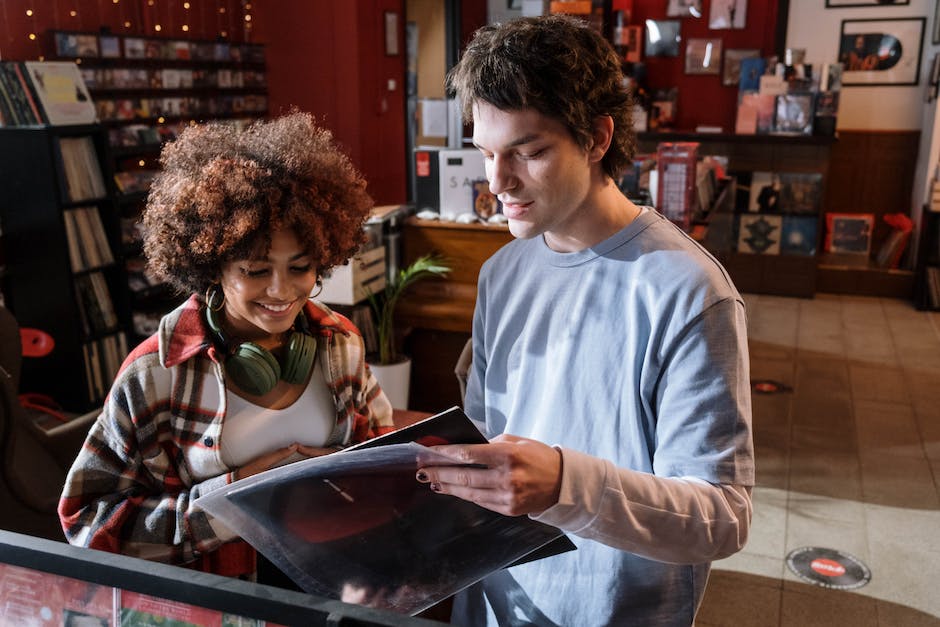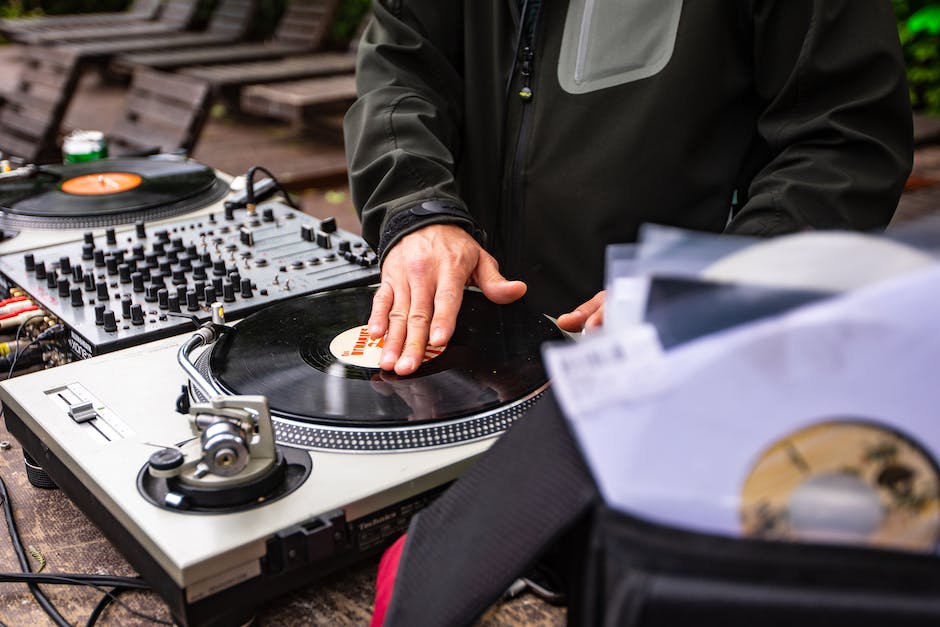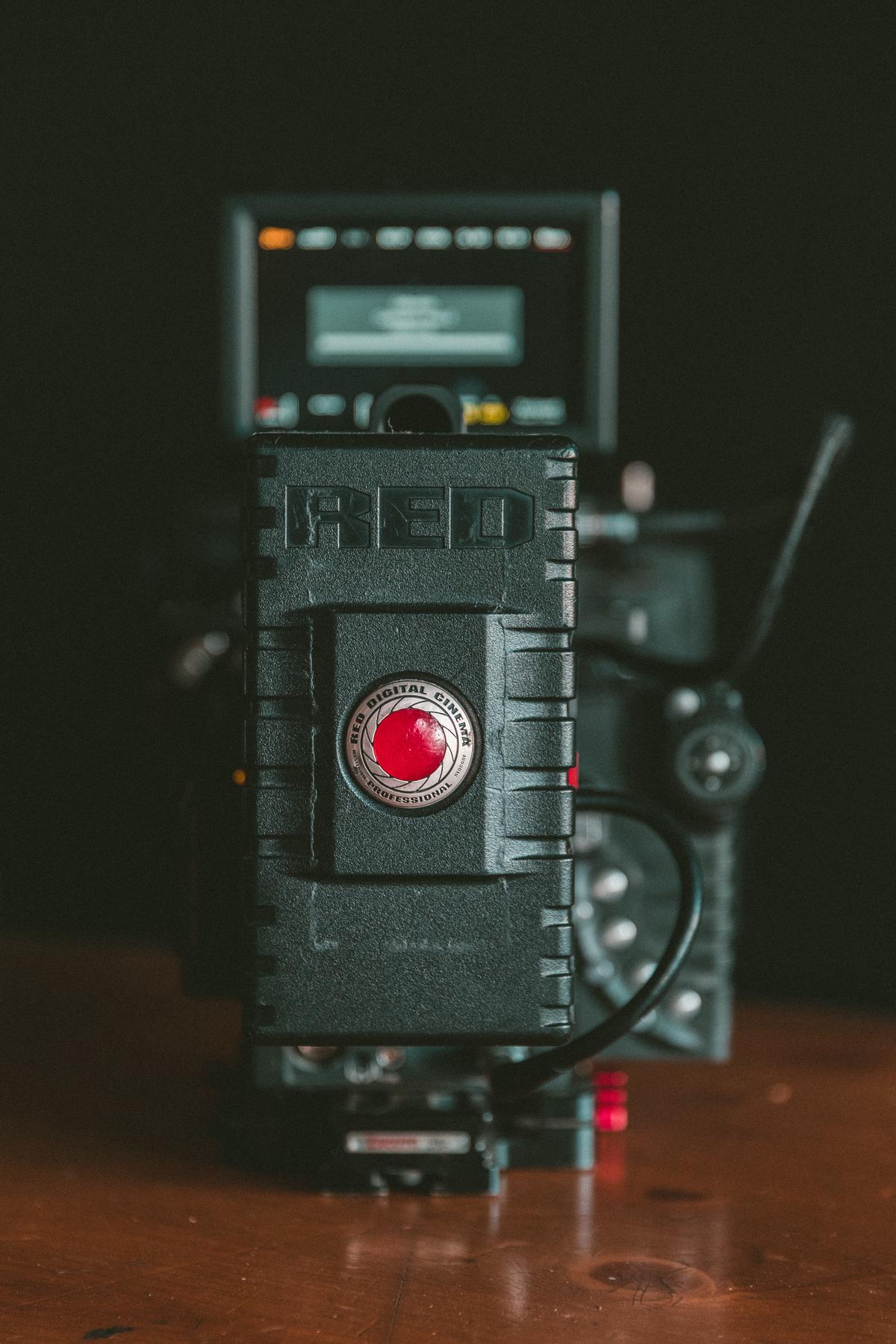The evolution of recording from the grainy nostalgia of analog to the sharp precision of digital has significantly shaped the soundscape of the music industry. Every nuance in the recording process, from how sound waves are processed and stored to how sound is captured and recreated, influences music production vastly. This intricate dance between analog and digital recording does not just dictate the technical aspects of music production; it also has profound implications on the overall feel, quality, and even the evolution of music. Whether it is analog’s warmth and authenticity shedding light on a classic era or digital’s clarity and precision defining modern music, each form of recording leaves a lasting impact that is worth exploring.
Understanding the Basics of Analog and Digital Recording
Analog vs. Digital: A Deep Dive into the Essence of Music Recording
Summon your senses for a moment, because we’re going on an auditory adventure. Imagine the whisper of a vinyl record coming to life as the needle descends, compared to the crisp pop of a CD. The velvety vibrations of an old-school classic against the razor-sharp clarity of a digital track. These are tastes of the audible divide separating two schools of music in the recording industry: Analog and Digital. Two worlds, one universe of sound – the latter ‘a child of the screen’, the former ‘the ink of the melodies’.
Analog recording, the method prior to the digital revolution, contains continuous signals that mimic the original sound waves. It captures the totality of sound, every harmonic raising its hat to the rhythm. The captured sound is then imprinted onto physical mediums – vinyl records or magnetic tapes – creating a clone of the original music. It’s like seeing your favorite band perform live; the energy, the electric connection – it’s all there. There’s an indefinable magic about analog – the warmth, depth, and character that it gives to the music.
On the other side of the spectrum, we have Digital recording. The latter samples sound fragments at a specified rate, turns them into data packages – binary code of ones and zeroes. It’s the language of technology, conveying a replica of the music into digital formats: CDs, MP3s or streaming services. Many call digital recording a photo-realistic painting – defined, crisp images but may miss the unhindered emotions brewing in the backdrop.
Deciphering deeper, analog technology can be likened to the rolling waves of an ocean, a smooth and continuous flow of sound. However, this continuity comes with susceptibility to distortions, noise that creeps into the final product. Analog is equivalent to a live performance wherein even the rustle of a sheet can add to the beauty, sometimes even the mistakes unfolding into breathtaking improvisations.
Digital recording, contrarily, is more like a series of dots forming a picture. There are little signals denoting sound, followed by silence. These are sampled thousands of times per second, ultimately forming a neat, clean sound – like a meticulously rehearsed orchestra with no room for error. Digital technology is immune to noise, barring one – the digital world’s holy grail – ‘clipping.’
Between vinyl enthusiasts staging a comeback and Spotify steering the music wheel, the analog-digital debate pulsates with life. Each carries its unique way of translating the emotion of the music. Digital recording delivers the advantage of convenience and abundance while analog offers an audible experience like no other. It’s not about better or worse; it’s about different colors on a sonic palette.
In the grand symphony of life, we are all players and listeners. Whether we take a side in this debate, or simply appreciate both formats for what they offer, it’s the music that connects us. It’s the rhythm of the cosmos in our ears as we dance, volume turned up high, lost in our world of melodies. And isn’t that what it’s all about? In the end, be it analog or digital, music is the universal language of humankind. Let us keep listening, keep exploring, and keep creating. Rock and roll, world!

The Influence of Analog and Digital Recording in Music Evolution
When the crackle of a vinyl edges into an orchestral introduction or the flawless crispness of a digitally recorded melody fills the room, a sonic symphony is born – it is not just about listening, but rather experiencing music. Recording techniques have morphed radically over the decades, advancing from analog to digital. Analog and digital, two traditionally opposed processes, have both played a profound role in molding the axiom of musical evolution, each carrying a unique symphony of virtues that shape the very foundation of auditory artistry.
Analog, the older of the two, is a technique that sparked a revolution in the musical universe. The resonance of raw audio, the organic ambiance, and the warm natural echo that analog imparts, was not just enhancing the sounds but was augmenting experiences and adding layers of emotional depth. As tubes, tapes, and vinyl characterized the golden era of music, the unique texture and soul evoked by analog recording is unmatched. This ‘imperfect perfection’ in music bred classics, generated legends, and even today, continues to lend authenticity to new waves of sound.
But as all things evolve, music technology opened a new chapter with digital recording – one that shot for the stars and landed among them. Digital recording, with its ability to manipulate sound waves into binary codes, bore the promise of perfection. It broke barriers, allowing for substantial storage, seamless editing, precise reproduction, and convenient distribution. The dream of flawless, reusable tracks that could be crafted meticulously was now a reality; music was no longer a prisoner of the moment but could travel through time in its original form.
Musical progression saw an astronomical rise with digital recording taking center stage. Music became more expressionistic and diverse. Genres collided and fused, blending boundaries and creating novel sub-genres. Sampling, an outcome of digital music, transformed artistic expression, offering the freedom to reuse, recycle, and re-engineer sound elements. The musical landscape grew and continues to grow exponentially because of digital technology.
However, digital and analog are not rivals but rather, allies in an unending musical journey. While analog injects soul, digital offers precision. The two in combination can create a harmonic balance harnessing the warmth of the analog and the accuracy of digital, providing an enriched musical experience that marries the best of both worlds.
As we stand at the cusp of emerging technology, AI-driven music, and machine learning, we must acknowledge the roots – the analog resonance that stirred emotions and the digital precision that redefined musical norm. Analog and digital recording have indeed been the two fundamental bricks that sculpted the grand edifice of music we enjoy today.
So, let us float in the cloudy puffs of analog melodies, lose ourselves in the razor-sharp prism of digital tunes and celebrate the universe that these two recording techniques – analog and digital – harmonically built. Let us keep exploring, keep experiencing and keep pushing the boundaries of expression because, in the end, music is the universal language of mankind, and its evolution is a testament to our collective creative spirit.

Authenticity and Sonic Quality: Analog versus Digital
The crux of the great debate between analog and digital recording casts a wide net over the music world — arrange it just right, and you’ll hear a symphony of opinions that are as varied and expressive as the music these techniques are used to create. Both modes of recording boast advantages; ultimately, however, it’s the ear that guides the aficionado and the artist’s hand in determining which direction serves the music best.
Records, cassettes, and other analog media seem to possess something slightly magical, a tangible link between musician and listener. Handling these mediums has a texture, a weight, that inherently ties the music to the material world. When the groove of a record is traced by a needle, it’s a physical embodiment of soundwaves, your favorite song reborn from an exquisite dance of physics and emotion. The resultant sound is warm, inviting, full of hearty tones that seem to envelop you in a cozy sonic blanket. Natural, real, and organic, these are the words often used by proponents of the analog recording. Further, the inherent imperfections of analog – the gentle hiss, the crackle of a well-loved record -are considered endearing traits, akin to a beloved book earmarked and well-thumbed.
Digital recording, on the other hand, serves as a pixel-perfect reflection of sound, all captured in a stream of binary code. The crystal-clear precision imparted by digital platforms captures every nuance, every microscopic shift in harmony, pitch, and rhythm with unerring accuracy. Less prone to physical degradation over time, digital recordings provide astonishing longevity and flexibility. Manipulating sounds, experimenting with pitch and speed – in short, bending music to the artist’s will have become much easier with digital recording. This has fostered a surge of creativity and innovation in music, breaking barriers between genres and creating an eclectic sonic landscape that would have been previously unimaginable.
We stand at the fascinating nexus of the pendulum swing between analog and digital. We’re graced with artists that exploit the strengths of both mediums, creating synthesized soundscapes that dance between the warm, rich nuances of analog and the crisp, clear delineation of digital. The music journey from reel-to-reel to streaming has seen significant innovations, with a few interesting hairpin turns en route.
Regardless of which side of the debate one prefers, it’s essential to know that these arguments aren’t battles to be won, but melodies to be composed, harmonies to be arranged. Analog and digital recording are but two instruments in the vast orchestration of music creation, each lending their unique voice to the symphony.
Music, a potent linchpin of human expression, serves as an enduring testament to our innate creativity. Regardless of whether it’s captured in the grooves of a vinyl record or the binary code of a digital track, it paints a vibrant aural picture of our human experience.
The microphones and mixing boards will come and go, but the music – the soul of the rhythm and harmony that breathes life into every note – remains a wondrous, timeless testament to our collective creativity. Regardless of the recording method, may the music always play on.

Practicality and Accessibility: Transition from Analog to Digital Recording
The course charted from analog to digital recording is a transformation testament propelling the music industry into an explosive era of innovation.
While the crunchy warmth and robust soul of analog remains an indelible imprint on the timeless vinyls of yesteryears, digital recording has turned the tides, sighing a fresh symphony into the sails of creation and distribution of music.
This paradigm shift from analog to digital can largely be attributed to the ceaseless march of technology. As music dances with the pulse of societal trends and technological evolution, the digitization of music recording dovetails with the rise of personal computers, smartphones, and the internet. Digital methods marked a groundbreaking era with unparalleled accessibility, flexing its muscles on a more cost-effective, time-efficient, and user-friendly platform. Like a well-orchestrated concerto, these concomitant advancements embody a harmonious coalescence, blowing open the floodgates of possibility for artists around the globe.
Dig deeper and you’ll find digital’s capacity for perfection unveiling an orchestra of clean and crisp sounds. That’s because digital recording relies on data – a cold science of numbers and binary code that can be perfectly replicated ad infinitum. The authenticity and nostalgia of analog’s rough edges is indeed charmingly tender, but the clear replication offered by digital audio immensely outweighs the delightful irregularities inherent in analog mediums. This digital precision, then, doesn’t just offer an appealing lucidity, but it also carves a path for the music to slalom through the trials of time with grace.
Speaking of time, digital boasts of tremendous longevity – an almost immortal spectrum that secures the music of today for the listeners of tomorrow. Unlike the analog counterparts, digital recordings aren’t subjected to degradation or signal loss over time. The digital realm guarantees that the artists’ work remain indelible, shimmering across the decades.
The digitization of music hasn’t simply amplified the sound production, but it has also rocked the foundations of the way we create, edit, distribute, and consume music. The arrival of music production software has cultivated a fertile ground for innovative exploration and experimentation, providing artists with infinite flexibility of manipulating sounds to their heart’s content.
As the music industry strides confidently into the future, a new symphony of hybrid techniques beckons. Progressive artists and producers are now harnessing the mystic power of both analog charm and digital vibrancy, dialing a unique alliance between the vintage turntable warmth and the precision of digital tools.
In retrospect, the migration from analog to digital mirrors the music industry’s relentless pursuit of creative evolution, shaping the tale and texture of musical expression. As we groove to the beat of this transformation, may we remember to tip our hats to the analog roots that whispered the first chords of our musical narrative. For it’s right within this overlap, this beautiful collaboration of past and future, that music resonates as a true testament to human creativity and expression.
The music industry’s lift-off from analog to the stratospheric highs of digital encapsulates more than just data conversion. It represents an epochal shift in the pulsating rhythm of human connection, a leap that drives the narrative of unity through the universal language of music. And whether it’s pirouetting on the grooves of vinyl or cascading through wireless signals, the inherent artistry in music will forever endure, regardless of the methods of its recording.

Photo by jakobowens1 on Unsplash
The transition from the time-honored tradition of analog recording to the technologically advanced realm of digital recording mirrors our society’s steady march towards modernity. The differences in sonic quality, warmth, and clarity between the two systems have fueled endless debates among audio purists. However, it is essential to remember that both analog and digital offer their unique contributions to the world of music. While the transition to digital recording is primarily driven by practical considerations like cost, accessibility, and versatility, we cannot discount the irreplaceable value of analog in delivering authenticity and emotion in music. Hence, in the grand scheme of music evolution, analog and digital recording are not competing forces but complementary tools that bring out the best in music.

Comments.
Currently there are no comments related to this article. You have a special honor to be the first commenter. Thanks!